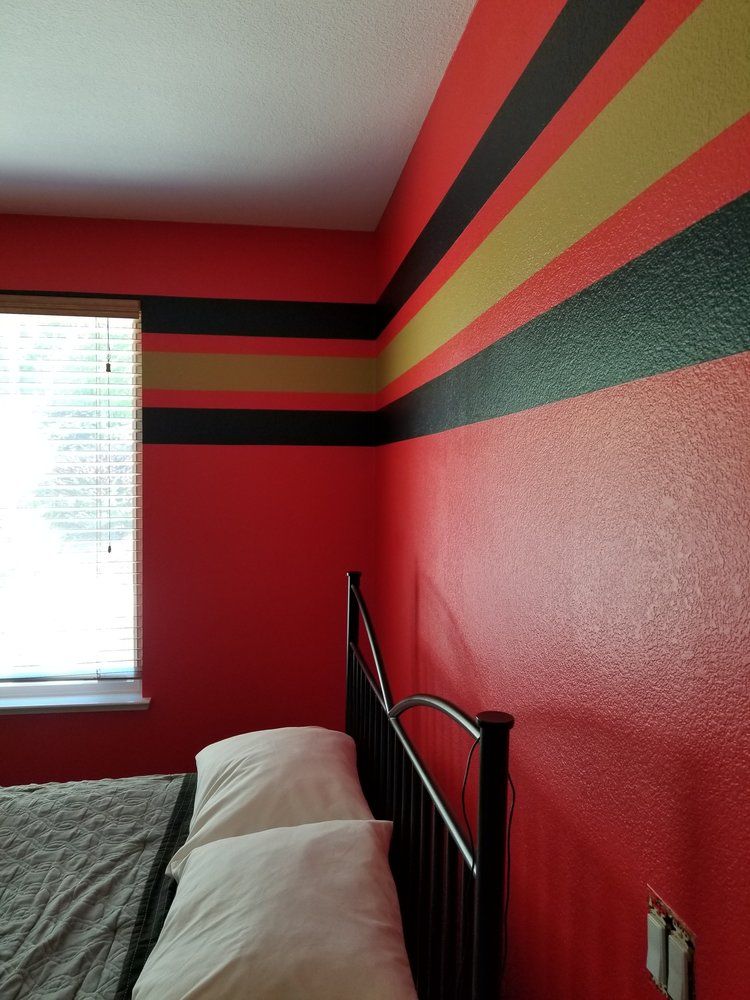
Whether you're embarking on a DIY painting project or hiring professionals, one critical aspect that determines the success and longevity of your paint job is surface preparation. Properly preparing the surface before applying paint ensures optimal adhesion, smoothness, and durability of the finished product. In this blog post, we will delve into the essential steps involved in surface preparation for painting, equipping you with the knowledge to achieve professional-quality results. Assessing the Surface: Before diving into the preparation process, take the time to evaluate the condition of the surface to be painted. Identify any imperfections such as cracks, holes, flaking paint, or grease stains. Different surfaces, such as drywall, wood, or concrete, may require specific techniques and materials for proper preparation. Cleaning and Clearing: Thoroughly cleaning the surface is a crucial step that should never be overlooked. Remove dirt, dust, and grease by washing the surface using a mild detergent or trisodium phosphate (TSP) solution. Rinse with clean water and allow ample time for drying. Pay extra attention to areas prone to grease accumulation, such as kitchens or bathrooms. Repairing Imperfections: Fixing any imperfections is vital to achieve a smooth and even surface. Patch holes and cracks using an appropriate filler or spackling compound. Sand the patched areas gently with fine-grit sandpaper to ensure a flush finish. For more extensive repairs, consider consulting a professional to ensure structural integrity. Sanding the Surface: Sanding is a crucial step that helps create a smooth surface by removing irregularities, old paint, or varnish. Use medium to fine-grit sandpaper, starting with a coarser grit and gradually moving to a finer one. Sand in the direction of the wood grain or in smooth, even strokes on other surfaces. Be sure to wear protective gear like goggles and a mask to avoid inhaling dust particles. Removing Loose Paint: If the surface has areas with loose or flaking paint, it's essential to remove them before proceeding. Use a scraper or putty knife to gently scrape away the loose paint. Sand the edges of the remaining paint to feather them, creating a smooth transition between the old and new layers. This step is crucial for ensuring the adhesion of the new paint. Priming the Surface: Priming serves as a crucial preparatory step, especially when painting over new surfaces or changing from dark to light colors. Apply a coat of primer appropriate for the surface material to enhance adhesion, seal porous surfaces, and provide a uniform base. Follow the manufacturer's instructions regarding drying time and number of coats required. Caulking and Sealing: To achieve a professional finish, it's essential to seal gaps, cracks, or joints. Use a high-quality caulk to fill any voids between trim, baseboards, or walls. Additionally, consider using painter's tape to protect surfaces that shouldn't be painted, such as windows, doors, or trim. Surface preparation is a vital step in any painting project , as it sets the foundation for a flawless and long-lasting finish. By thoroughly assessing, cleaning, repairing, sanding, and priming the surface, you create an optimal canvas for your paint application . Take the time to follow each step meticulously, and you'll be rewarded with a professional-quality paint job that enhances the beauty and value of your space. Remember, preparation is the key to success when it comes to painting!

